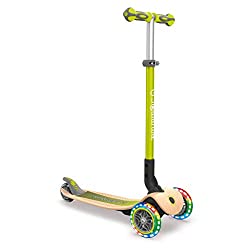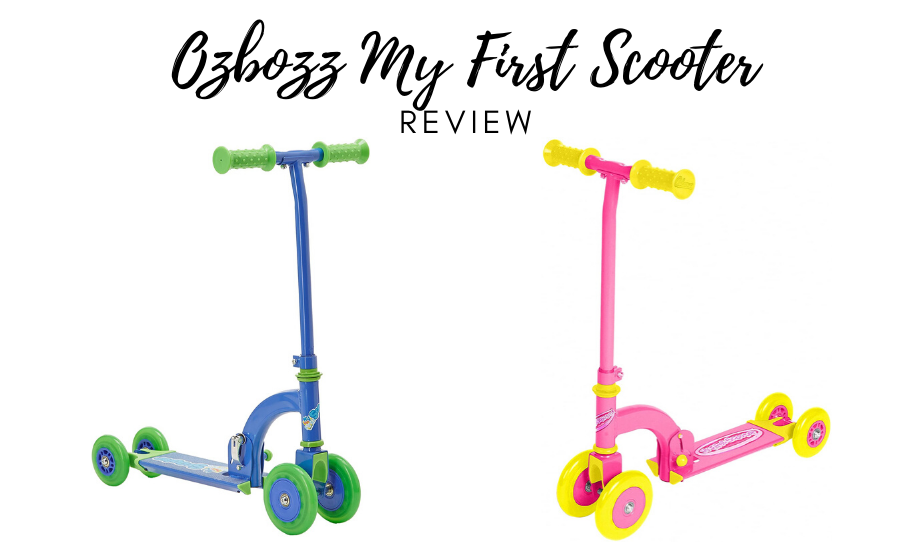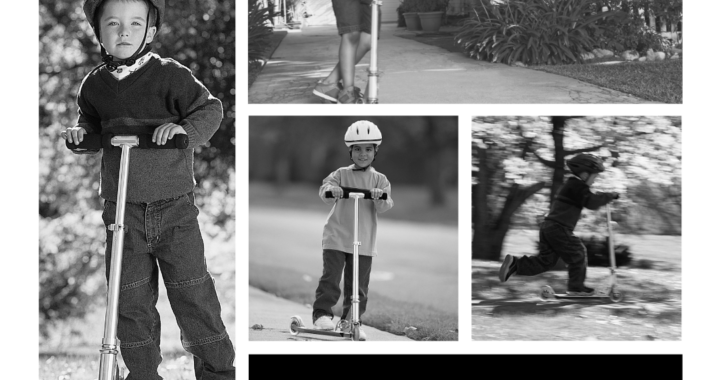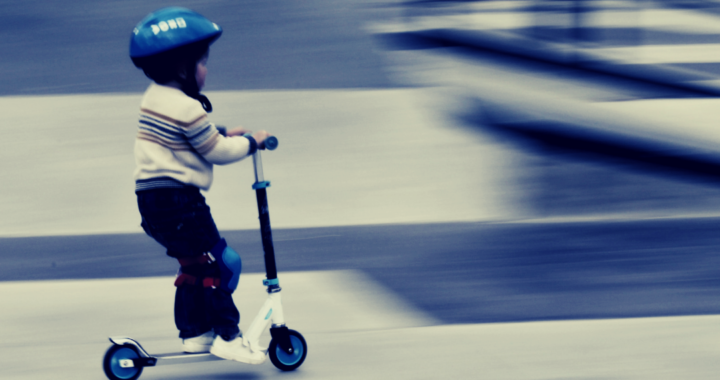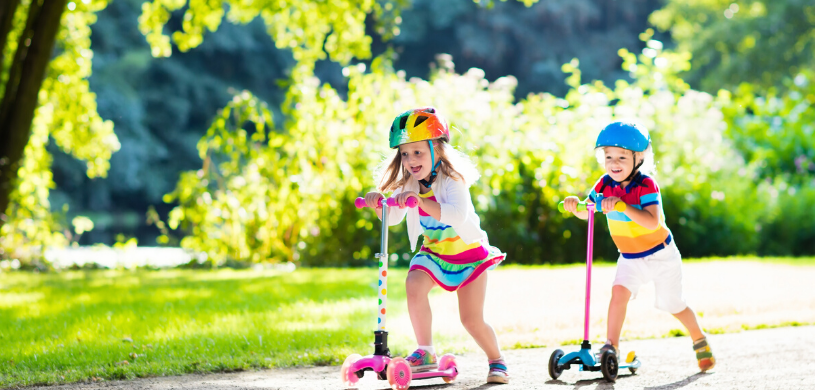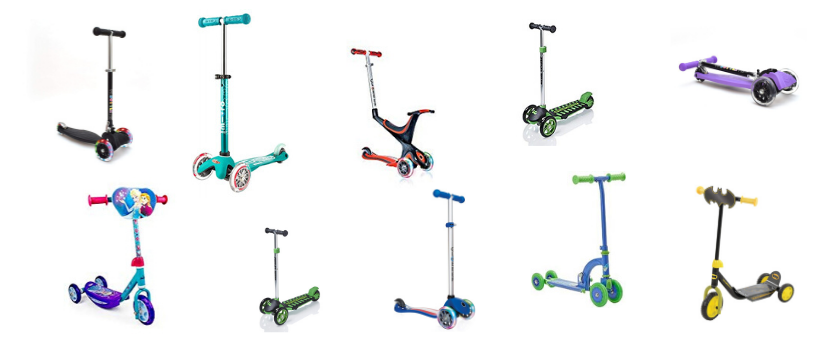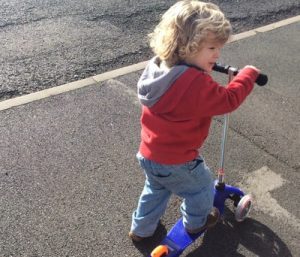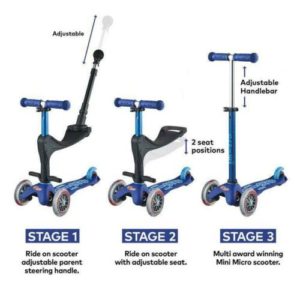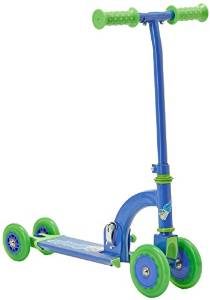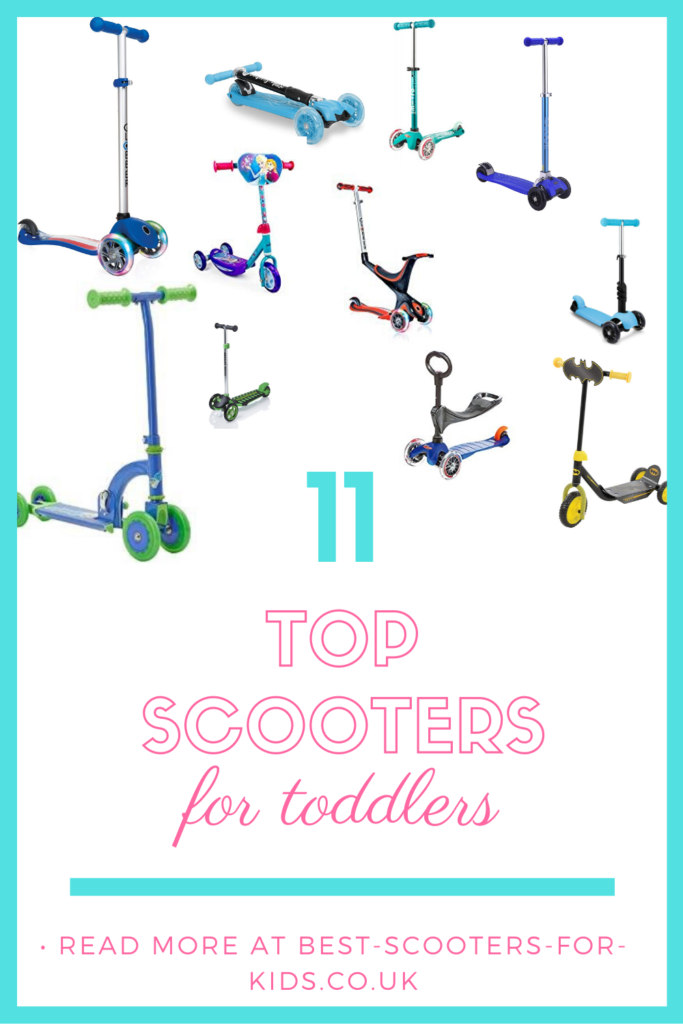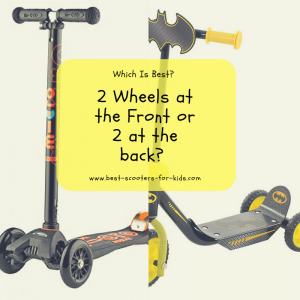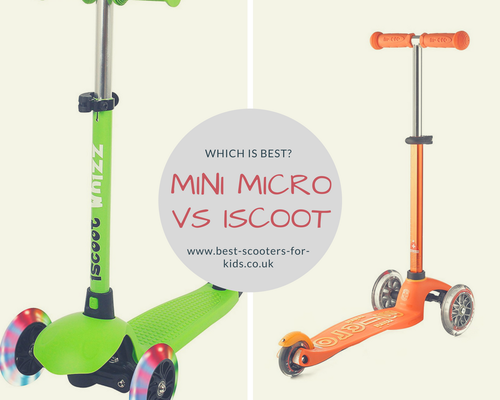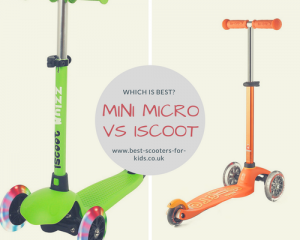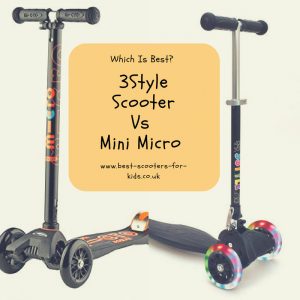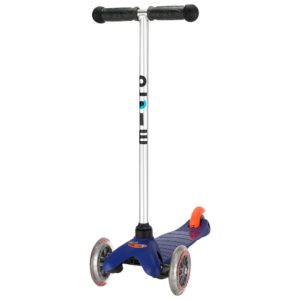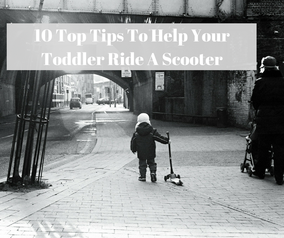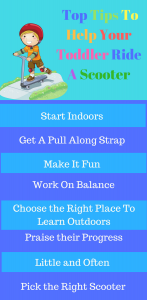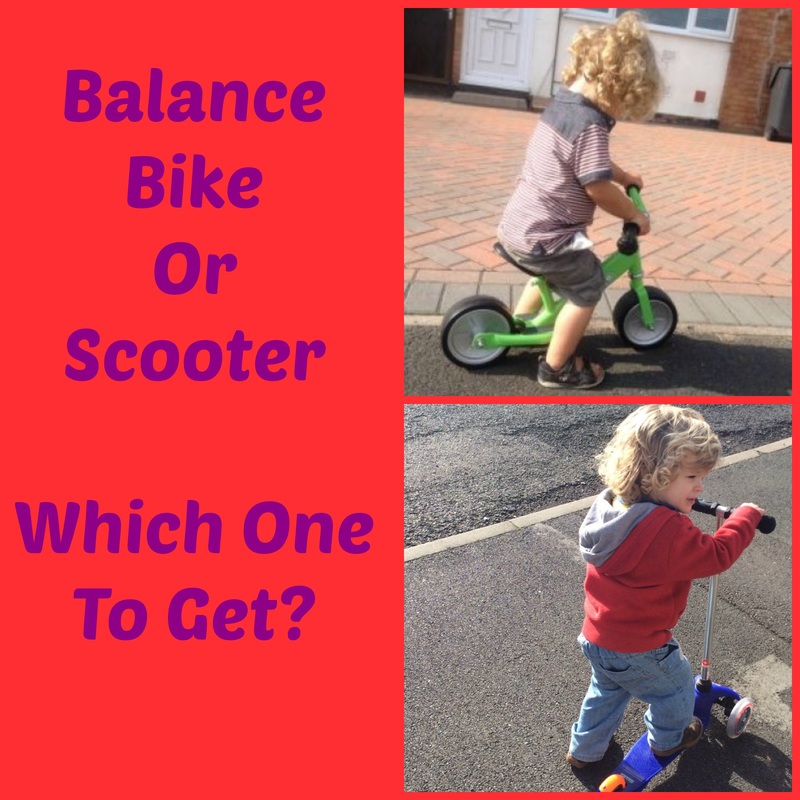5 Best Wooden Scooters for Kids
Are you looking for a wooden scooter? Look no further, we have found five wooden scooters designed for toddlers, pre-schoolers and school age kids.
The scooter market is dominated by metal and plastic scooters, however we have listed every type of wood scooter we could find.
Some of the scooters are a made completely of wood (except for wheels, nuts and bolts). Others are hybrid of either wood and metal or wood and plastic.
Some wooden scooters are excellent scooters, others may compromise on a few features which we've outlined our descriptions.
Table of Contents
Lil' Rider Kids Wooden Scooter
This cute little scooter is designed for toddlers from age 2 years old. The scooter is made from birch plywood and beech wood. It's been sanded down and painted. The wooden wheels have been encased in rubber.
The top height of the handlebar is 60cm which is a nice size for a 2 to 3 year old. Unfortunately the handlebar isn't adjustable.
It has large 5 inch wheels. The scooter is handlebar controlled (not lean to steer like other toddler scooters). Just turn the handlebars in the direction you want to go and push along.
It's a good scooter to to pass down to younger siblings.
It's not designed to be as speedy as some other toddler scooters. However, for a toddler learning to balance on a 3 wheel scooter, it should do the job!
Globber Primo Foldable Wood (with Lights)
The foldable Globber Primo wood is aimed at 3 to 6 year olds.
The deck is made from FSC certified sustainable wood which means that the wood has been sourced from well managed forests. The 7 ply deck is mounted on a reinforced metal structure so it's durable and will last. The deck also features anti-slip grip tape.
The Globber Primo Wood is an excellent scooter for young kids. There's a 3 height adjustable t-bar so the scooter grows with your child. The height adjustments are 67.5cm, 72.5cm and 77.5cm.
It features a patented folding system - it's super easy to fold with the push of a button. This makes the scooter easy to carry and transport.
The 120mm wheels offer a smooth and quick ride. Kids will enjoy whizzing around on their scooter. The wheels also feature battery free LED lights for extra fun.
If you're looking for a scooter which is made with less plastic but still offers great features and functionality for your child - the Globber Primo Wood is an excellent choice.
ATK All Terrain Scooter
The ATK All Terrain scooter has been designed for kids aged 5 to 12. The advantage of this scooter is that it's designed to work on grass and gravel as well as flat surfaces such as tarmac. It's manufactured from sustainable high grade ply.
The scooter features 10" inflatable tyre wheels for added comfort over uneven terrain and bumps on paths too. A non slip surface on the footplate and a powerful foot brake ensure the scooter is safe to ride.
The scooter bar is 80cm high. The bar not adjustable but this is a nice height for kids in the 5 to 12 age bracket.
Some assembly is required but the scooter arrives in 3 components and it takes less than 10 minutes to put the scooter together.
As well as wooden scooters, ATK make wooden go karts which you can check out here.
Smoby Wooden 3 Wheel Scooter
The Smoby 3 wheel scooter is a metal and wood scooter. The frame is aluminium and the deck is wood.
It's aimed at kids from aged 3 years who are under 20kg.
The handlebar is height adjustable and the deck has a non slip coating.
The scooter is foldable and weights 3.3kg.
One thing to be wary about is the 2 wheels at the back of the scooter may get in the way of a child's kick path which could lead to frustration
The scooter is very competitively priced. It's a handlebar controlled scooter, so you turn the handlebar to change direction rather than leaning to steer, which some kids prefer.
Are Wooden Scooters Eco Friendly?
Many parents buy a wooden scooter because they think it’s more eco-friendly than a plastic scooter. This can be true as wood is a renewable source. It’s easier to recycle than plastic and it’s biodegradable - it’s not going to be hanging around in landfill for thousands of years.
To make sure that the wooden scooter is as eco friendly as possible ensure you buy a scooter with wood sourced from a tree plantation that is sustainability managed. FSC certification is one example of sustainably sourced certification.
Some may argue that wooden scooters are more eco friendly than scooters made out of metal. It’s true that metals are more energy intensive than wood to produce. Metals also take much longer to biodegrade than wood. However many metals are easily recycled and wood can be slow growing - chopping down lots of trees and not replacing them is never eco friendly. Many scooters are made from aluminium which is one of the most recycled and recyclable materials in use today.
There are a lot of variables that come into play when deciding how eco friendly a scooter is. How and where are the scooter materials sourced? How recyclable are they? Can the scooter easily be repaired - keeping it out of landfill for longer?
Another option is to look at scooters made of recycled plastic. The company, Micro Scooters make scooters with decks made out of recycled plastics which were discarded in the the ocean. You can read more here about eco friendly scooters for kids.
Wood Scooters Vs Metal and Plastic Scooters
Here are some more comparisons between wooden scooters and metal and plastic scooters:
Aesthetics - many people prefer the look and design of a wooden scooter. Wooden scooters look particularly cute for young children.
Weight - wooden scooters are often lighter than their metal counterparts. This can make them easier to manoeuvre and pick up for young children. They are also lighter for parents and other adults to carry. However, it isn’t universal, some metal and plastic scooters are very light.Check out the weight of the scooter before you buy to compare how heavy they are.
Weatherproof - wooden scooters are often not designed for excessive use in the rain. They can’t be left outside unless the wood has been treated to withstand rain and water Metal and plastic scooters generally can withstand more extremes of weather, although it’s not best practice to store them outdoors either.
Adjustability - metal scooters are often more adjustable than their wooden counterparts with more height adjustment settings - although this will depend on the individual scooter.

